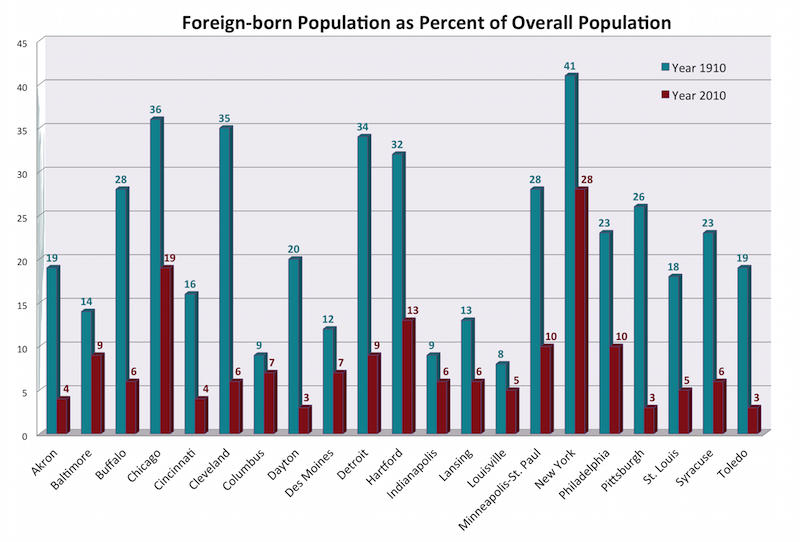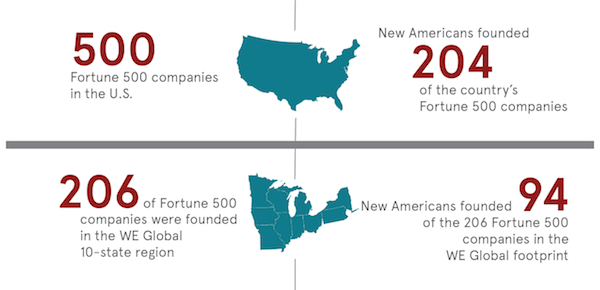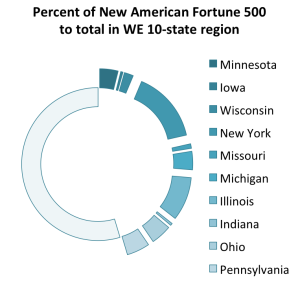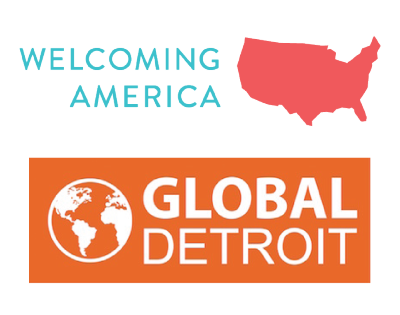Local and Federal Efforts to Promote Citizenship Surge
The White House capped the fourth annual Welcoming Week and last Thursday’s Constitution/Citizenship Day commemorations by unveiling it’s “Stand Stronger” public awareness campaign based on key recommendations from the White House Task Force for New Americans. The announcement included several programs and initiatives that to promote the rights, responsibilities, and opportunities of citizenship among eligible legal permanent residents (LPRs), and break down the barriers that LPRs face in naturalizing, as well as the announcement of the Building Welcoming Communities Campaign.
President Obama has had a clear and consistent message on immigration, noting that we are a nation of immigrants, that immigrants strengthen our economy, and that immigrants add to the rich fabric of our society. As part of his executive actions, President Obama established a White House Task Force for New Americans, a government-wide effort tasked with enhancing the integration of immigrants and refugees into our communities. The Task Force reminds us that, “This isn’t just a priority because it’s the right thing to do. It’s also vital to our economic future.”
Nearly 9 million people live, work, and pay taxes in this country as LPRs and are eligible for citizenship, yet only about eight percent of them naturalize each year. Nearly one third (29.5%) have been in the U.S. for more than twenty-five years, contributing to our communities for decades. These efforts of the federal government point to more robust national vision towards a smoother pathway for New Americans. The Stand Stronger campaign acknowledges:
- Cities that are working to expand naturalization outreach and processing programs;
- Presidential Ambassadors for Citizenship and Naturalization;
- Grants supporting citizenship and refugee integration;
- A Welcoming Communities Americorps program;
- Increased access to low-cost legal services for immigrants and refugees; and
- The Building Welcoming Communities campaign
The announcement of the Building Welcoming Communities Campaign, the White House’s partnership with Welcoming America to encourage local communities to engage in local immigrant integration efforts, calls on local communities to act on a set of principles to build inclusive and welcoming communities that allow immigrants to thrive and succeed enhancing the communities at large.
Forty (40) major U.S. cities and counties we announced as part of yesterday’s Building Welcoming Communities campaign launch, from Pittsburgh to St. Louis, Buffalo to Detroit, Philadelphia to Columbus. Sixeen (16) out of those 40 – 40 percent – are in our WE Global Network 10-state region and the vast majority of these regions have active WE Global Network member organizations. The number of Rust Belt cities embracing immigrants as a means of revitalizing urban neighborhoods and spurring local economic growth continues to grow, positioning the Network at the leading edge of the growing movement. As a more welcoming approach to immigration spreads quickly across the Rust Belt – and pays off for local economies – this new field of practice is picking up steam.
Such efforts have been shown to have a significant impact on local economies. For example, in Dayton, the Welcome Dayton initiative has been credited with expanding opportunities for an increasingly diverse community, reversing population decline, and boosting economic competitiveness and vitality.
While the benefits of naturalization for immigrants are clear (studies show that naturalized immigrants earn 8-11% more after naturalization, and family incomes rise an average of 15%), the conversation surrounding the value add to our communities and country is less prevalent. Naturalized citizens stay in the U.S. longer, have better English language abilities, and have more education. These factors contribute to a higher likelihood of investments in U.S.-specific skills, and better job matching to a wider range of jobs. Naturalized citizens have lower unemployment rates, are half as likely to live below the poverty line, and weathered the recent economic crisis more successfully than noncitizens.
In Midwestern metros, immigrants account for 38.4% of population growth, indicating immigration and population growth go hand in hand. Over the next 20 years, immigrants and their children will account for 85% of the net growth in the U.S. labor force. Immigrants are entrepreneurial, starting 28% of all new businesses. Moreover, a study by the Partnership for a New American Economy found that immigrants or their children have founded 45% of Fortune 500 companies in the Rust Belt.
WE Global supports increased citizenship for immigrants as an economic development strategy, and the efforts of the White House will provide a huge boost to the local initiatives in our Rust Belt cities. If the 8.8 million LPRs in the U.S. became citizens, it could bolster the economy with ripple effects for generations forward – naturalized citizens put money back into the economy, provide strength to communities, and make our regional economy more productive.

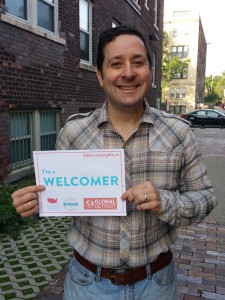
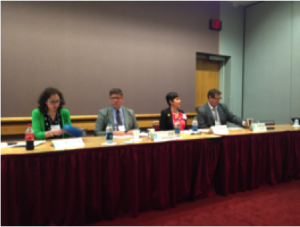
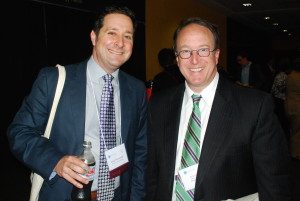 The Third Annual Welcoming Economies Global Network (WE Global) Convening in Dayton was our best yet, demonstrating the growth and momentum of WE Global and immigrant economic development. The Convening has grown to 300 local economic development, local and state government, and nonprofit leaders from nearly 25 communities across the Rust Belt.
The Third Annual Welcoming Economies Global Network (WE Global) Convening in Dayton was our best yet, demonstrating the growth and momentum of WE Global and immigrant economic development. The Convening has grown to 300 local economic development, local and state government, and nonprofit leaders from nearly 25 communities across the Rust Belt.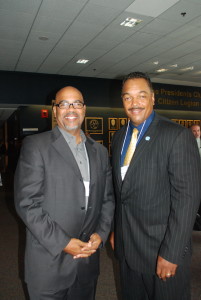 connections that produced a burgeoning Ohio Cities Network over this past year. This year there were meetings among groups from upstate New York. While the substantive content of the panels and sessions continued to frame the Convening, this year’s WE Global conference was most characterized by the relationships, friendships, and connections built.
connections that produced a burgeoning Ohio Cities Network over this past year. This year there were meetings among groups from upstate New York. While the substantive content of the panels and sessions continued to frame the Convening, this year’s WE Global conference was most characterized by the relationships, friendships, and connections built.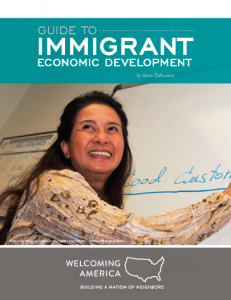
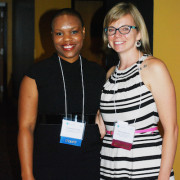 “It is exciting for Dayton to be a leader in immigrant integration because it demonstrates the fact that the community understands the importance of diversity and how it positively impacts the economy for all those who live, work, play and gather in the city,” said Catherine Crosby, Executive Director of the City of Dayton’s Human Relations Council.
“It is exciting for Dayton to be a leader in immigrant integration because it demonstrates the fact that the community understands the importance of diversity and how it positively impacts the economy for all those who live, work, play and gather in the city,” said Catherine Crosby, Executive Director of the City of Dayton’s Human Relations Council.